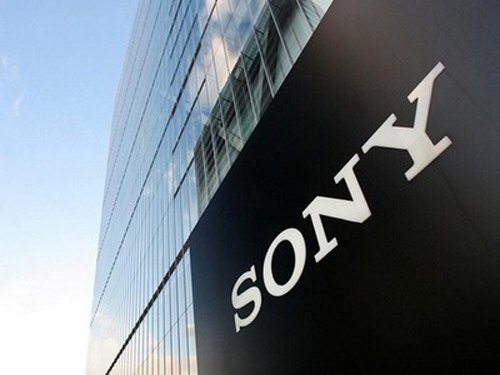
According to a report by Reuters of the United Kingdom on April 18, Kyushu, Japan was hit by a strong earthquake. Sony said that at the time of evaluating the loss of the Kumamoto earthquake, the company's factory that produces smartphone image sensors (image sensors) will continue to suspend operations. Apple (AAPL.O) is one of Sony's important customers of this product.
Sony said that the image sensor factory in Kumamoto, southern Kyushu, will remain closed. The Nagasaki image sensor factory, also located in Kyushu, was partially suspended. It is still unknown when it will resume full operation.
Sony accounts for about 40% of the CMOS image sensor market.
"We have some stocks, so we don't expect to immediately disrupt the supply of products," a Sony spokesman told Reuters. "If there are any supply problems, we will immediately announce."
He said Sony hopes to return to work after an aftershocks and may provide updated information later on Monday afternoon. "We are still examining the possible damage to the factory caused by the earthquake. Those factories are usually operating 24 hours."
The reporter could not immediately contact Apple for comment.
Sony also has two other CMOS image sensor factories in Japan.
South Korea’s Samsung Electronics stated that there are several image sensor suppliers for the company’s smartphones, so the Japanese earthquake has no effect on Samsung’s flagship product.
In northern Japan, a terrible earthquake and tsunami occurred in March 2011, causing damage to some of Japan's automobile supply chains. Since then, some companies have made adjustments to the industry's “JIT†production system to limit the recurrence of the kind of costly supply disruption.
Other electronics manufacturers have also had to suspend production in Kyushu. In the past 20 years, Kyushu has developed into a manufacturing center. According to some estimates, Kyushu Semiconductor's output accounts for about 25% of Japan's total.
Renesas Technology's Kumamoto Plant, which makes automotive microcontroller chips, has also been shut down; it will not resume until the loss assessment is completed.
The two factories of Mitsubishi Electric Kumamoto also suspended production; the liquid crystal display (LCD) modules produced at the two plants are used in the display panels of car navigation systems, and the semiconductor wafers produced include various types of air conditioners and hybrid or electric vehicles. Transformers for electronic products. Some of its products are for personal use and some are for other customers.
"We are still assessing the situation because there are still aftershocks," said a Mitsubishi spokesman.
Low-voltage lithium batteries for energy storage
Low-voltage lithium batteries are becoming more and more popular for energy storage. These batteries have a number of advantages over traditional lead-acid batteries, including longer life, smaller size, and lower weight.
1. Introduction to low-voltage lithium batteries
Lithium ion batteries are a type of rechargeable Battery that use lithium ions to store energy. They have a high energy density, making them ideal for portable devices. Low-voltage lithium ion batteries are a type of lithium ion battery that have a reduced voltage. This makes them safer for use in devices that are not safety-rated for high voltages.
2. Applications of low-voltage lithium batteries for energy storage
Low-voltage lithium batteries are finding an increasing number of applications in the energy storage sector. Their high energy density and long cycle life make them well-suited for use in grid-scale storage systems, while their relatively low cost and easy installation make them attractive for use in small-scale applications such as home energy storage systems.
Low-voltage lithium batteries are also being explored as a potential storage solution for renewable energy sources such as solar and wind power. By storing energy from these sources when it is available and releasing it when needed, low-voltage lithium batteries can help to smooth out the peaks and valleys in renewable energy output, making these sources more reliable and efficient.
Low-voltage lithium batteries are the future of energy storage. They are smaller, lighter, and longer lasting than traditional lead-acid batteries, making them perfect for a wide range of applications.
Lithium Iron Phosphate (LiFePO4),Rechargeable Batteries,Low Self-Discharge,Energy Density,Battery Management System (BMS)
Wuxi Sunket New Energy Technology Co.,Ltd , https://www.sunketsolar.com
